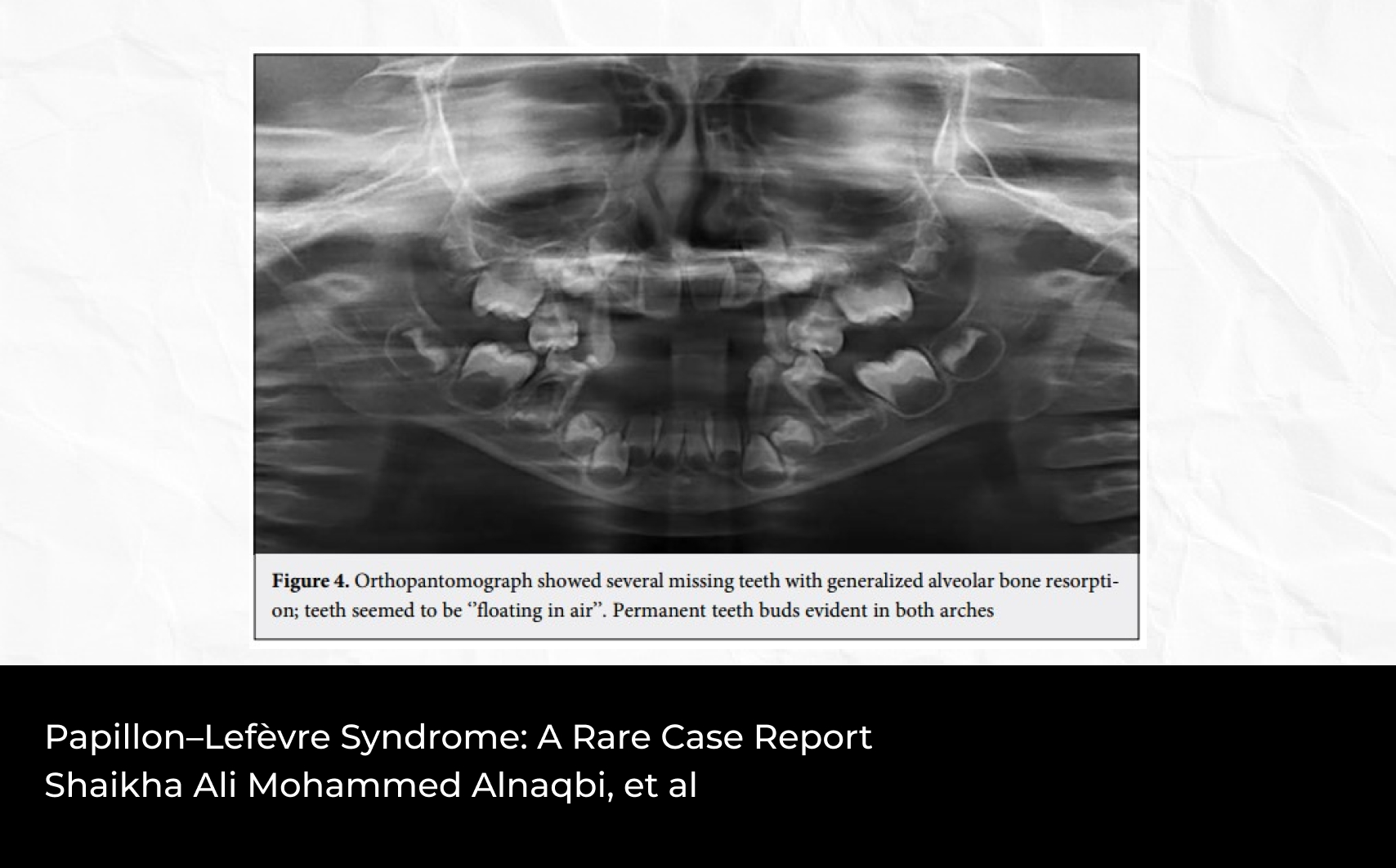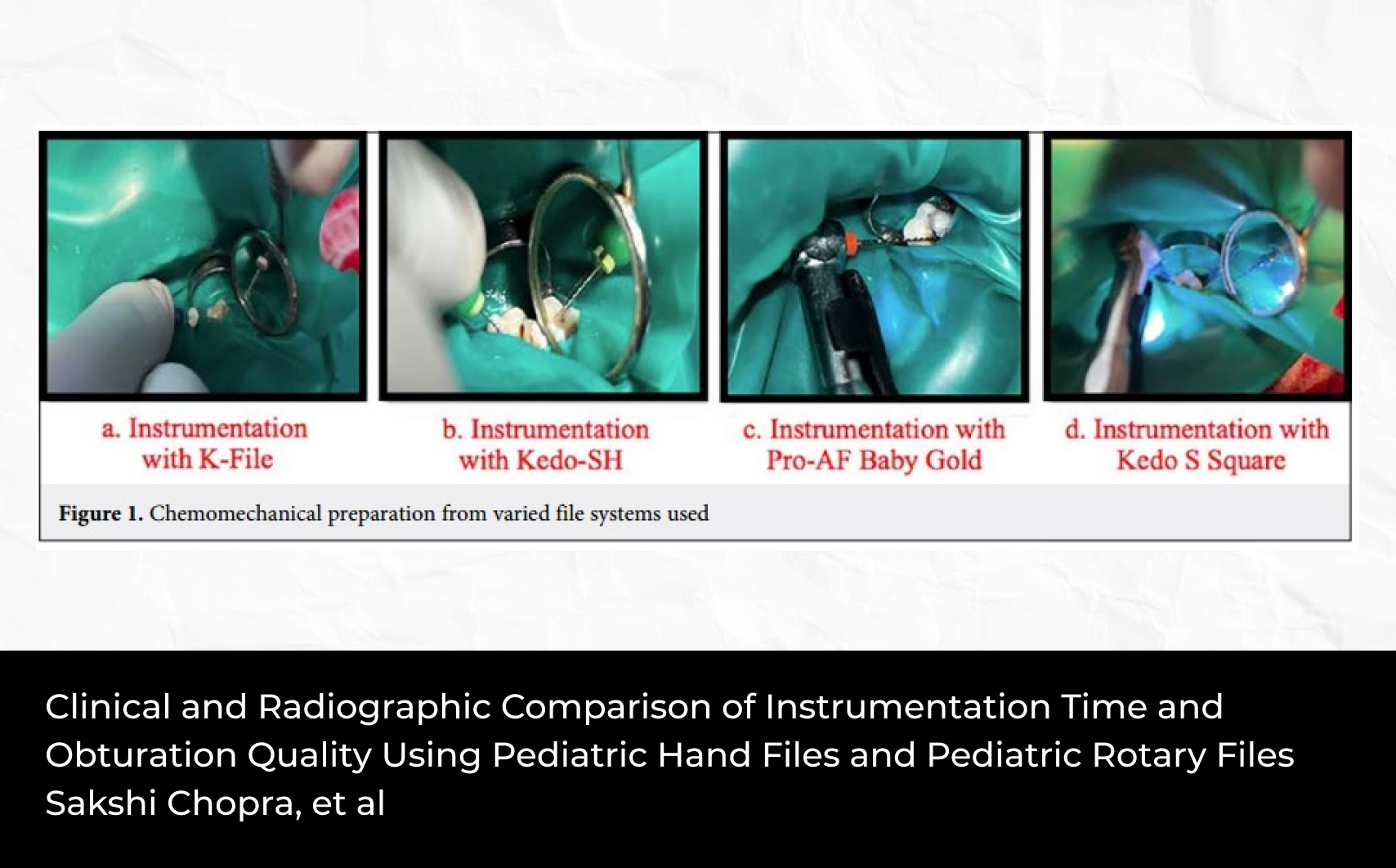Abstract
The aim of this study was to evaluate the shaping potentials of the ProTaper system and nickeltitanium (Ni-Ti) hand-fi les using micro-computed tomography (μCT) in young permanent teeth. Thirty-second permanent molar teeth extracted from patients 15 to 18 years of age were divided into two groups with 15 samples of each. Group I: were instrumented using the traditional “step-back” technique by Ni-Ti K-files. Group II were instrumented using the “crown-down” technique by ProTaper rotary instruments. Before and after root canal preparation, the μCT data were analyzed for the canal volume changes, the percentage differences between these volumes and unprepared surface area ratio of the total surfaces. At all root canals in both groups, the difference between the percentage of the root canal volume before-after preparation was significant (P < 0.05). There was no significant difference between the groups in terms of root canal volume changes and unprepared surface area ratios (P > 0.05). There was no difference between the systems in terms of shaping ability. Considering the shortening session time of the child patient ProTaper system appeared to be beneficial.














